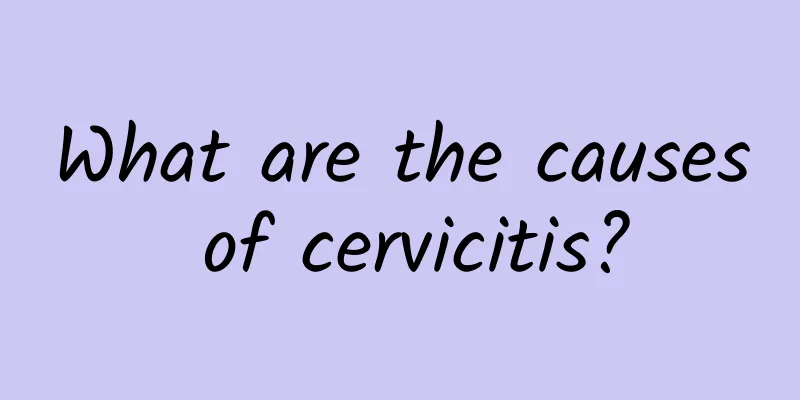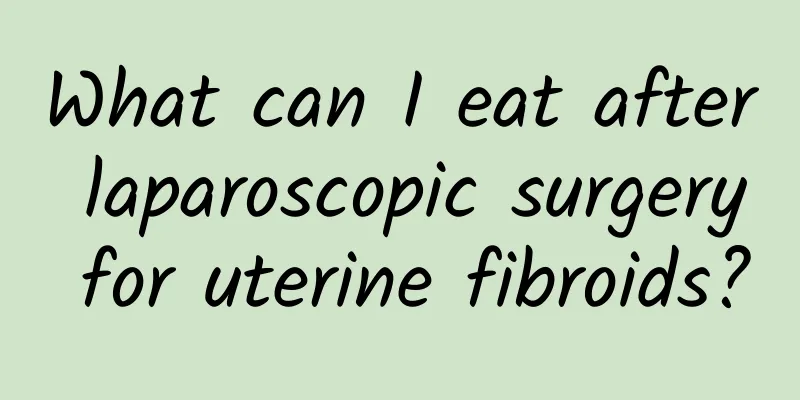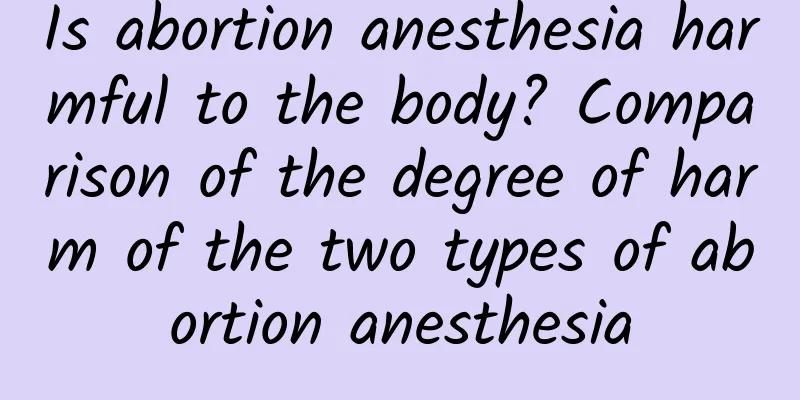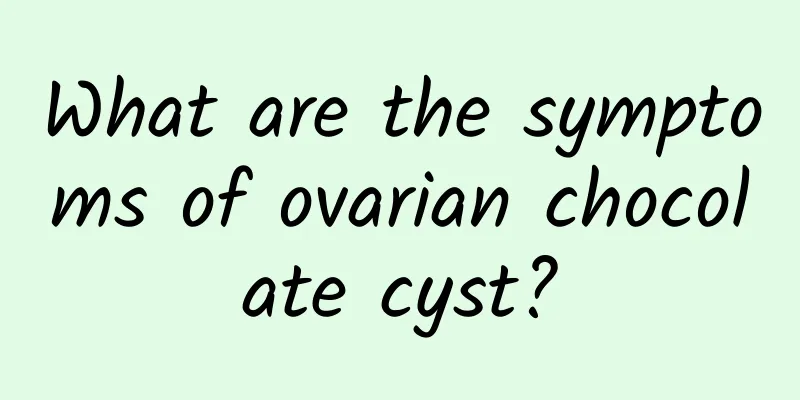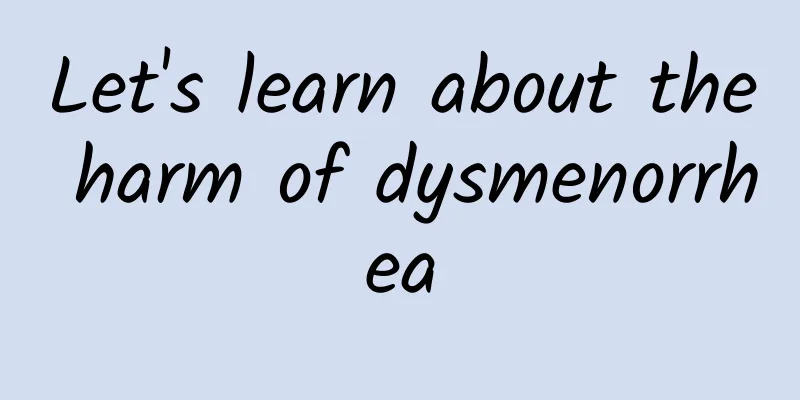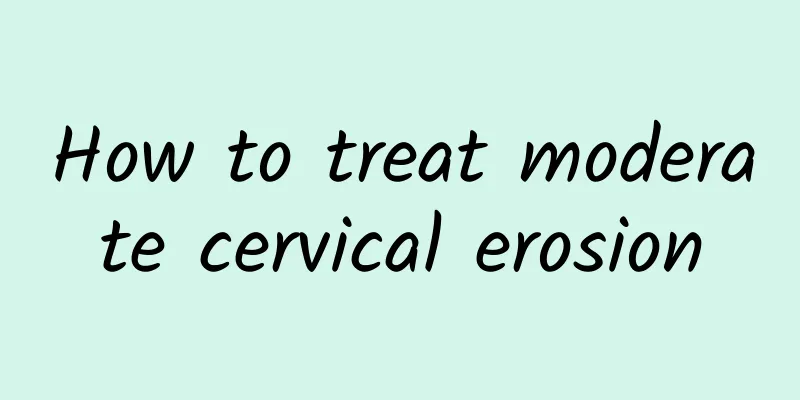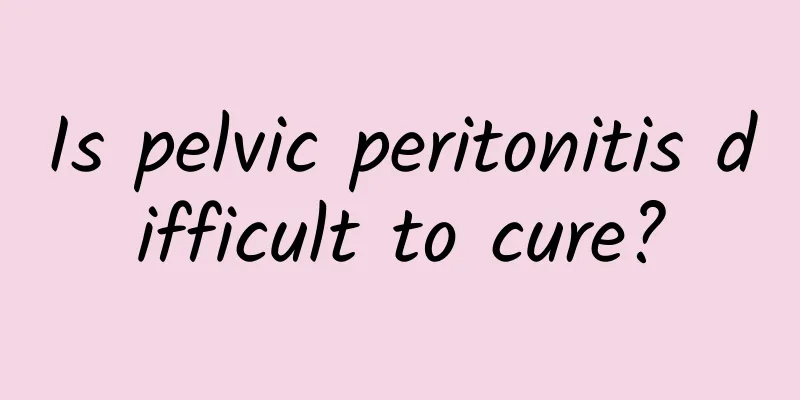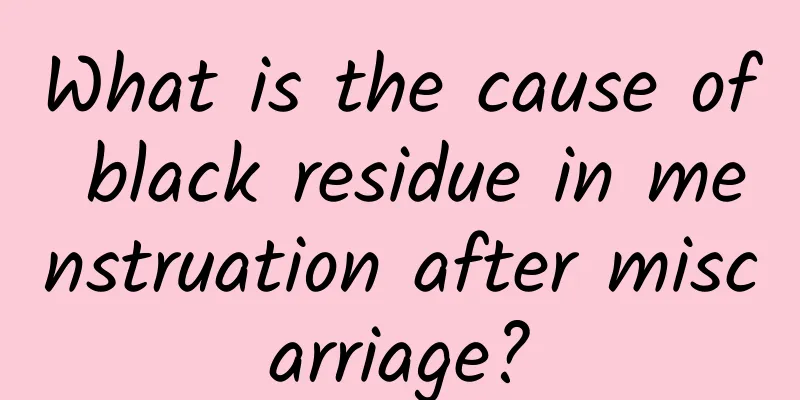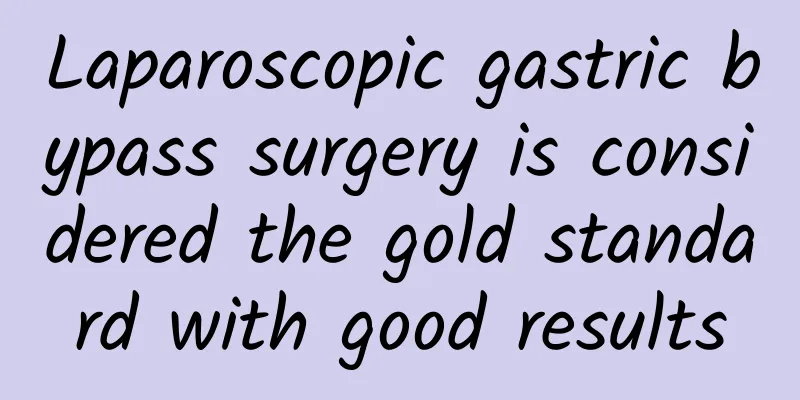How to use medicine for multiple uterine fibroids How to use medicine for multiple uterine fibroids
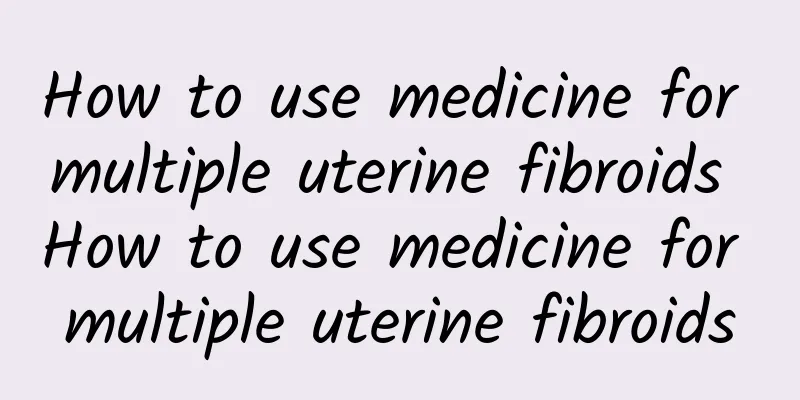
|
1. Follow-up observation: If the patient has no obvious symptoms and no signs of malignant transformation, regular follow-up observation can be performed. 2. Drug treatment (1) Gonadotropin-releasing hormone agonist (GnRH-a) Commonly used GnRH-a in clinical practice include leuprorelin (Enanton), goserelin (Zorelaide), triptorelin (Dapiga), etc. GnRH-a should not be used for a long time and is only used for preoperative pretreatment, generally for 3 to 6 months, to avoid causing severe menopausal symptoms caused by low estrogen; small doses of estrogen can also be supplemented to resist this side effect. (2) Mifepristone is a progesterone antagonist that has been clinically used in the treatment of uterine fibroids in recent years. It can reduce the size of fibroids, but the fibroids grow more after discontinuation of the drug. (3) Danazol is used for preoperative medication or treatment of uterine fibroids that are not suitable for surgery. Uterine fibroids can grow after stopping the drug. Taking danazol can cause liver damage and androgenic side effects (weight gain, acne, low voice, etc.). (4) Tamoxifen can inhibit the growth of fibroids. However, in some patients, uterine fibroids may increase in response and even induce endometriosis and endometrial cancer, so care should be taken. (5) Androgen drugs Commonly used drugs include methyltestosterone (methyltestosterone) and testosterone propionate (testosterone propionate), which can inhibit the growth of fibroids. The dosage should be used carefully to avoid virilization. During the bleeding period of patients with uterine fibroids, if the amount of bleeding is heavy, uterine contractants (such as oxytocin, ergot) and hemostatic drugs (such as hemostatic acid, aminobenzoic acid (hemostatic aromatic acid), lizhihemostasis, Panax notoginseng tablets, etc.) can also be used, which can play a certain degree of auxiliary hemostatic effect. 3. Surgical treatment of uterine fibroids includes myomectomy and hysterectomy, which can be performed by abdominal, vaginal or endoscopic surgery (hysteroscopy or laparoscopy). The choice of surgical method and surgical approach depends on factors such as the patient's age, fertility requirements, size of the fibroid, growth site, and medical technical conditions. (1) Myomectomy is mainly used for young women under 40 years old who hope to retain their fertility. It is suitable for large fibroids, heavy menstruation, compression symptoms, fibroid infertility, submucosal fibroids, and fast-growing fibroids without malignant transformation. (2) Patients with obvious symptoms of hysterectomy, the possibility of malignant changes in fibroids, and no fertility requirements are suitable for hysterectomy. Hysterectomy can be performed by total hysterectomy or subtotal hysterectomy. Patients of older age are suitable for total hysterectomy. The possibility of cervical malignancy must be eliminated before surgery. (3) Uterine artery embolization directly inserts an arterial catheter into the uterine artery and injects permanent embolic particles to block the blood supply to the uterine fibroids, causing the fibroids to shrink or even disappear. UAE is currently mainly suitable for uterine fibroids with symptoms such as anemia caused by abnormal uterine bleeding. When choosing interventional treatment for uterine fibroids, caution should be exercised, especially for patients with uncontrolled pelvic inflammation, patients who wish to retain fertility, arteriosclerosis, and contraindications to angiography should be listed as contraindications to this treatment. 5% of patients may have premature ovarian failure and rare pelvic infections after surgery. 4. Focused ultrasound therapy can locally raise the temperature inside the tumor to above 65°C, causing coagulative necrosis of the tumor and exerting a therapeutic effect. The treatment can shrink the fibroids and relieve symptoms. It is suitable for symptomatic uterine fibroids. There are no surgical scars after treatment, and the advantages are fast recovery after surgery. Side effects include skin burns, intestinal damage, hematuria, etc. Now we know that there are many ways to treat multiple uterine fibroids. Most patients and friends should not have too much psychological burden on this disease. They should adjust their mentality, face the disease positively, and actively cooperate with the doctor's treatment. |
<<: How to treat multiple uterine fibroids? What are the causes of multiple uterine fibroids?
Recommend
What ointment is used for gynecological vulvar leukoplakia? What are the external medicines for gynecological leukoplakia?
Gynecological vulvar leukoplakia is a common gyne...
Do uterine fibroids shorten your life?
Will uterine fibroids shorten life expectancy? Ut...
Commuting method affects weight: People who ride bicycles are thinner
Everyone's way of going to work varies depend...
Common symptoms of pelvic inflammatory disease should be taken seriously by people
In recent years, the incidence of pelvic inflamma...
Does eating spicy food increase the risk of uterine fibroids? What should people with uterine fibroids not eat?
According to traditional Chinese medicine, uterin...
What are the early symptoms of gynecological diseases such as adnexitis?
In recent years, the incidence of adnexitis has b...
Can I have children with endometriosis?
Patients with endometriosis can have children, bu...
How is ovulation bleeding diagnosed?
How to diagnose ovulation bleeding? Many people w...
What are the symptoms of uterine fibroids?
Symptoms of uterine fibroids can vary, and seriou...
Belly obesity, love to eat potato chips at night...it turns out to be adrenal fatigue! Vitamin D supplementation to combat stress
Why do some people try many weight loss methods s...
Experts explain some preventive measures for adnexitis
Adnexitis is a common gynecological disease, whic...
Early symptoms of cervical warts
Sexual diseases are now rampant and women are als...
Cost of early treatment of pelvic peritonitis
The body is like a machine, and it is inevitable ...
What are the details of preventing uterine fibroids?
Many people must have heard of uterine fibroids, ...
How much does it cost to check for cervical warts?
The cost of treating cervical warts is of concern...

